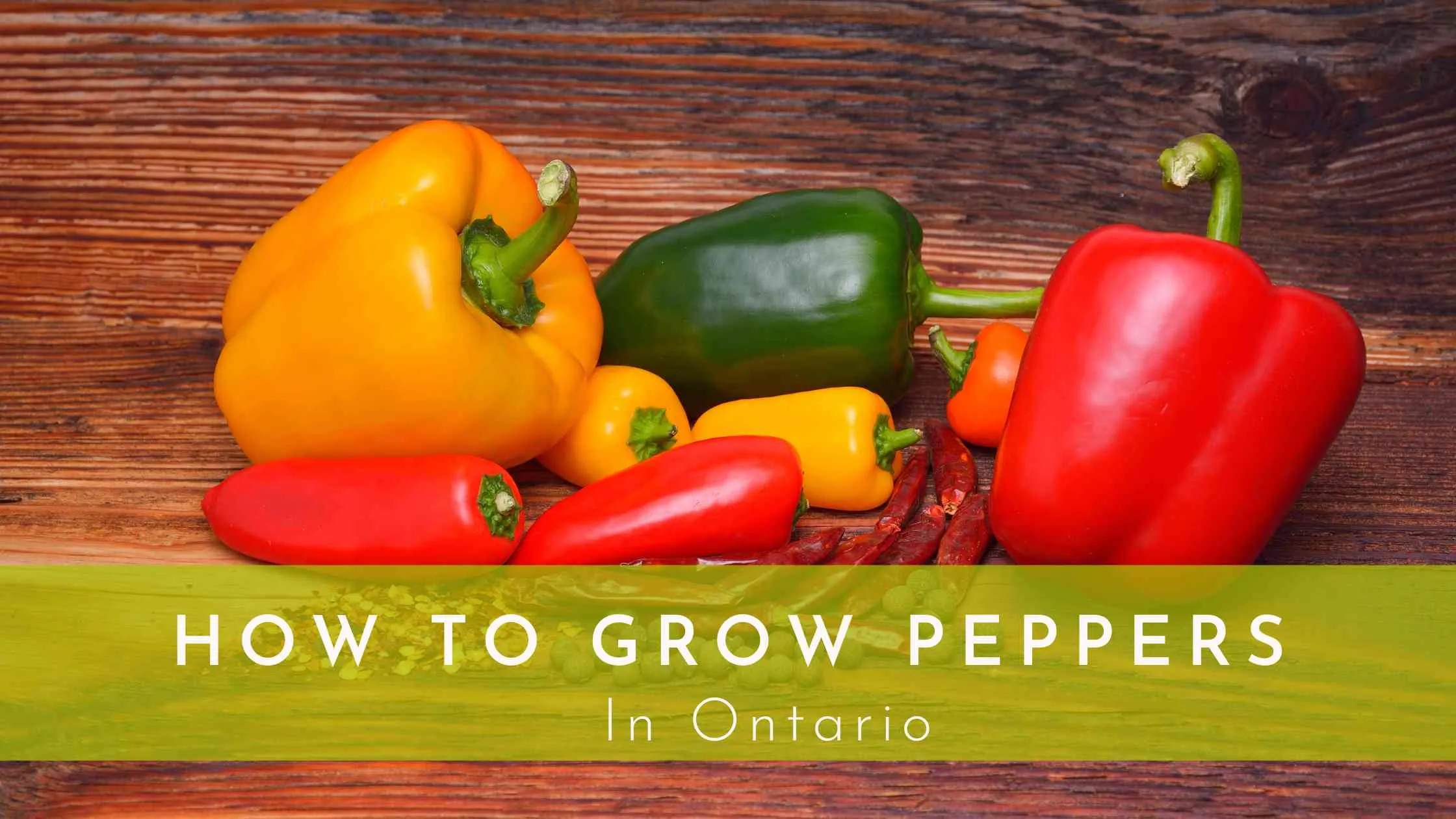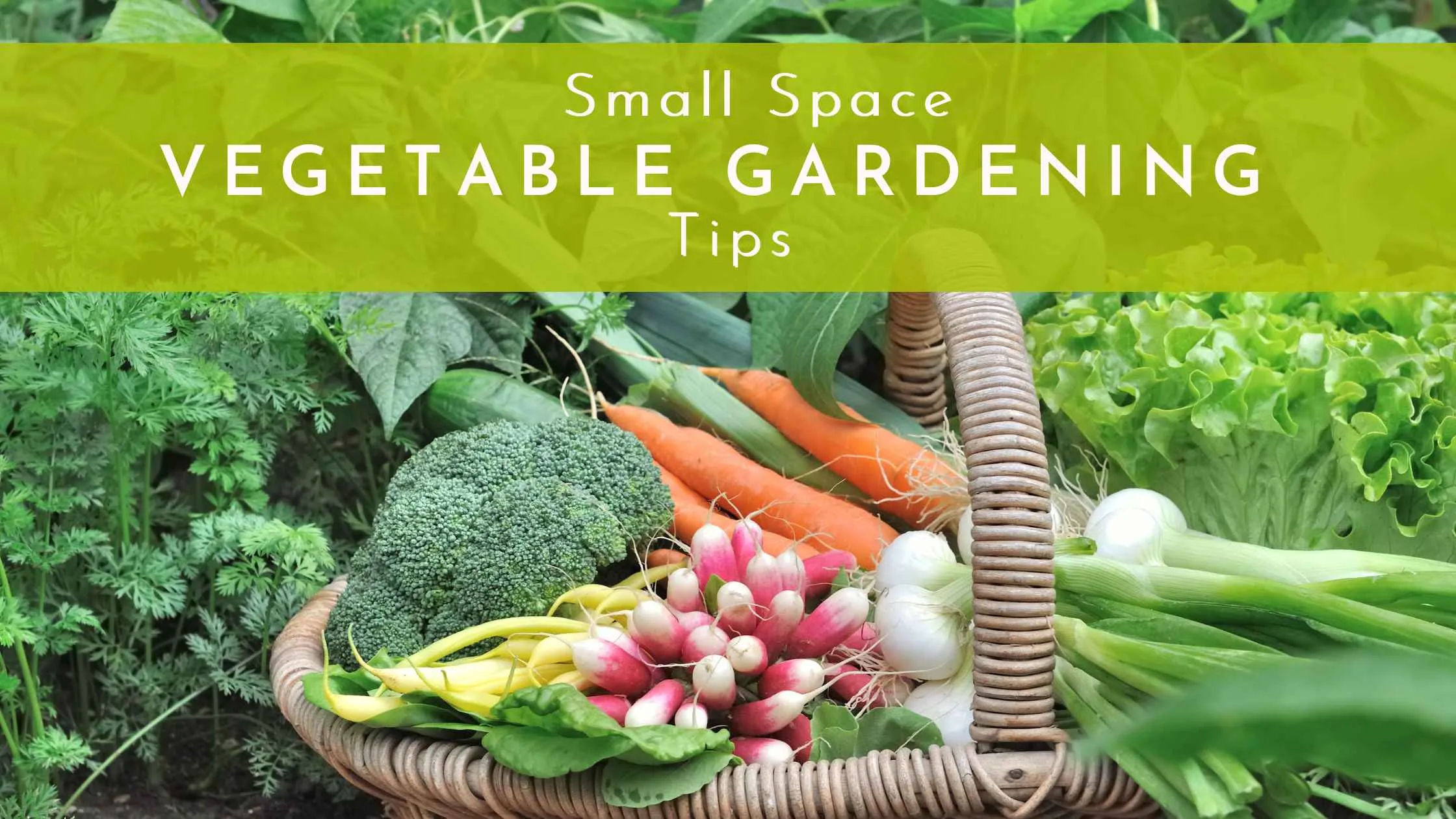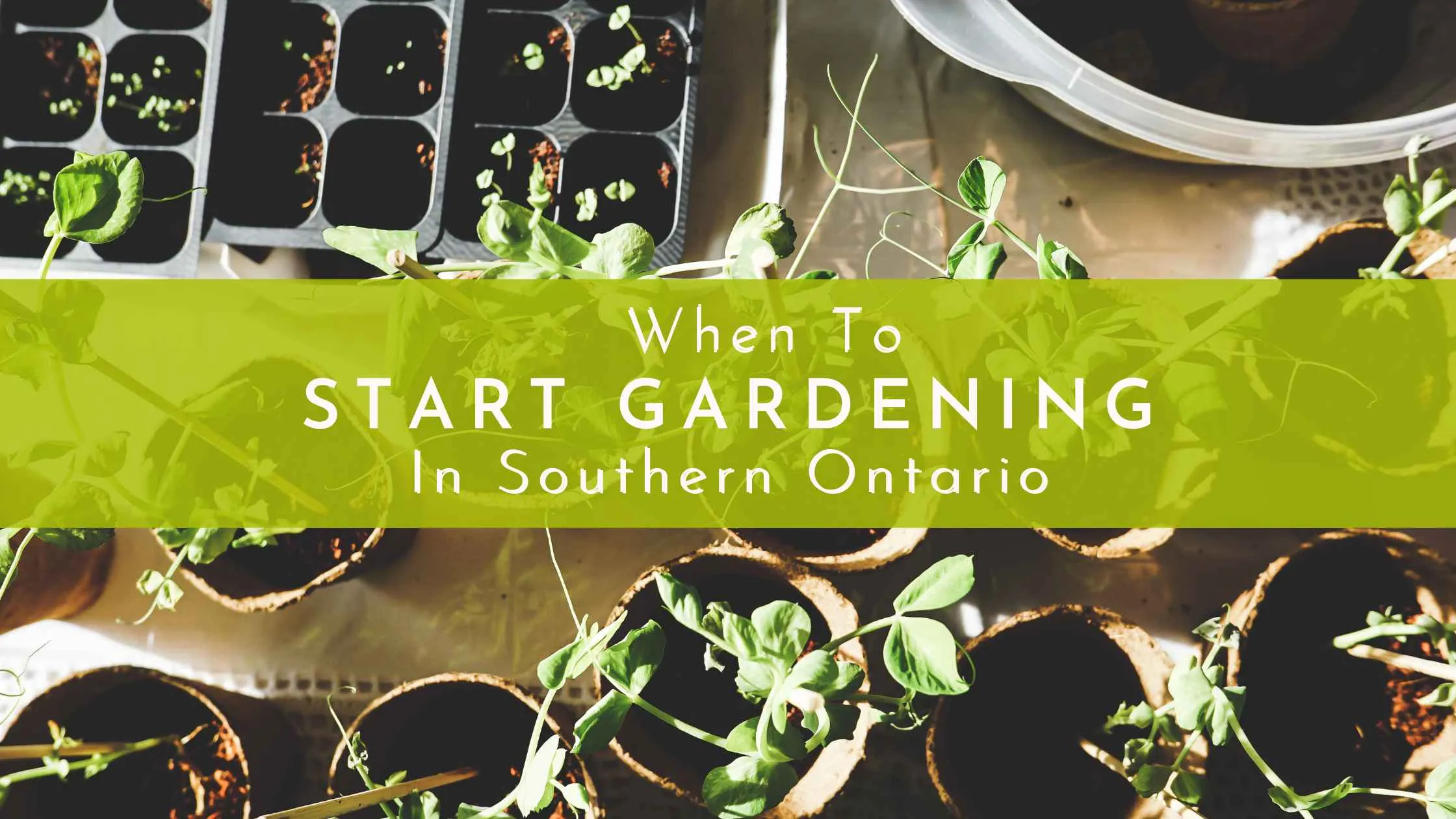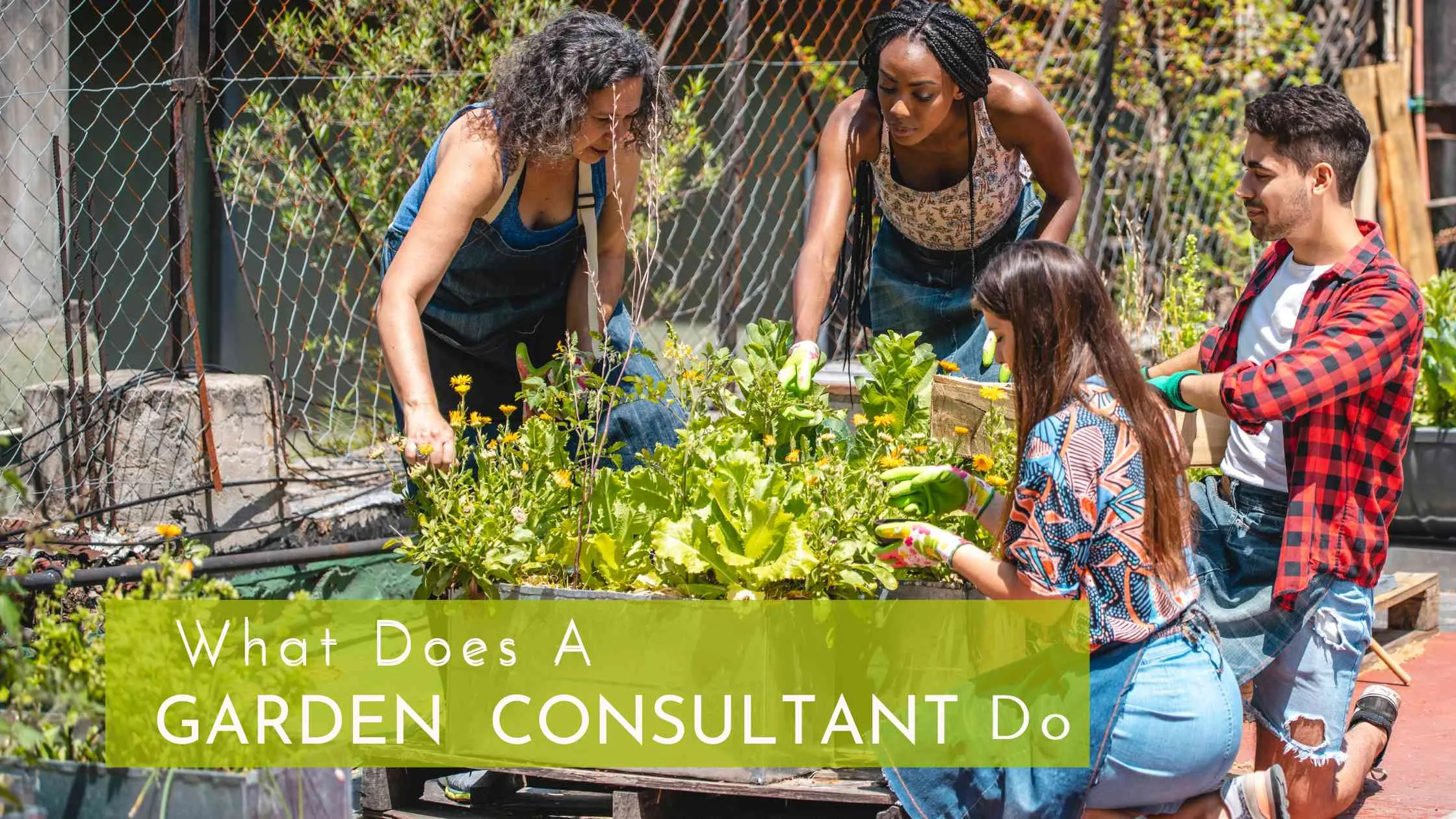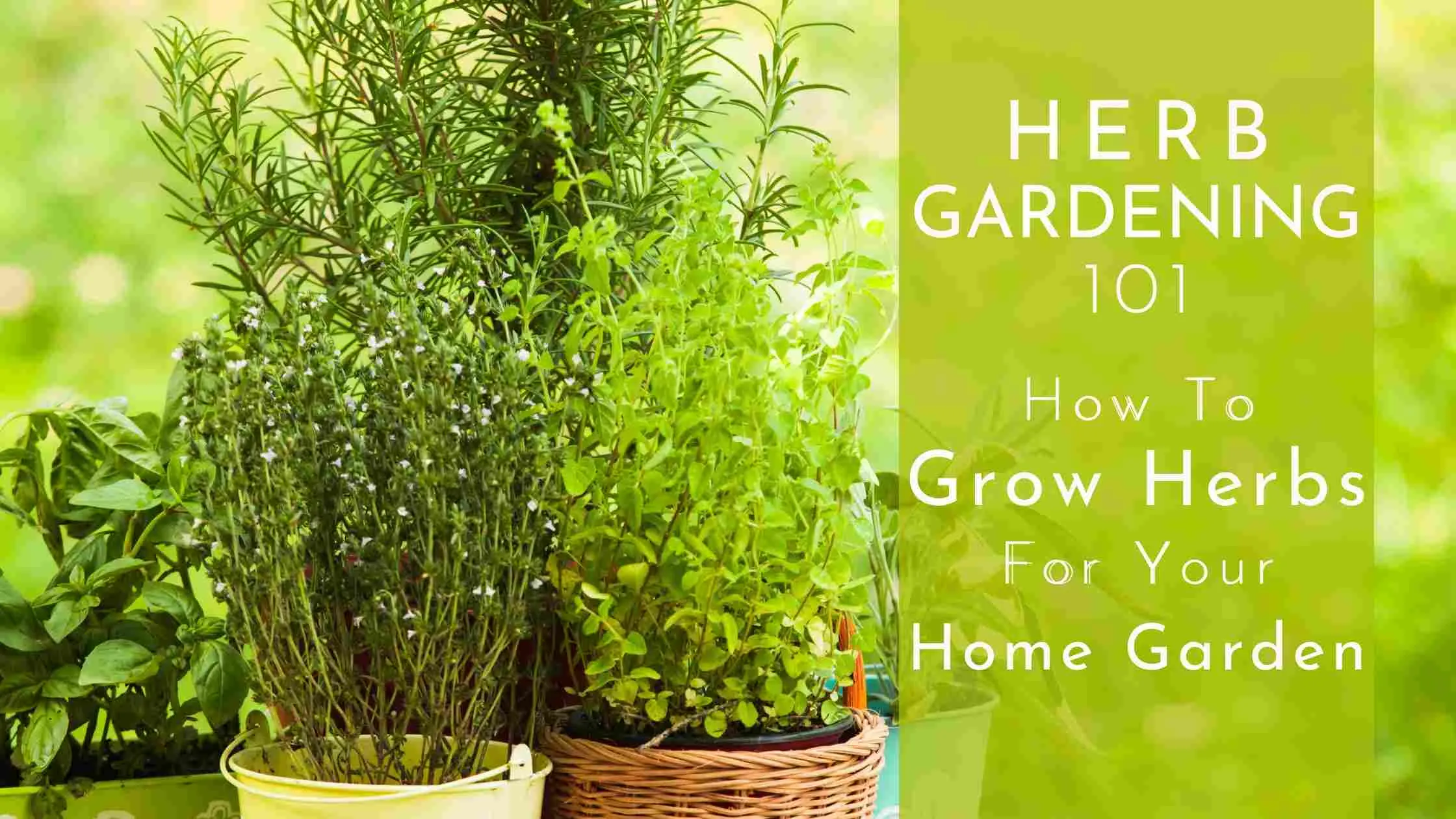The Basics Of Indoor Gardening
Have you been wanting to start gardening but don’t have the outdoor space for it?
Indoor gardening is an easy and rewarding option to help you do just that. If you have a space in your home that receives natural sunlight, now is the perfect time to create your indoor garden.
You can have flavorful herbs and fresh, homegrown vegetables, or beautiful blossoms in the palm of your hands all year round.
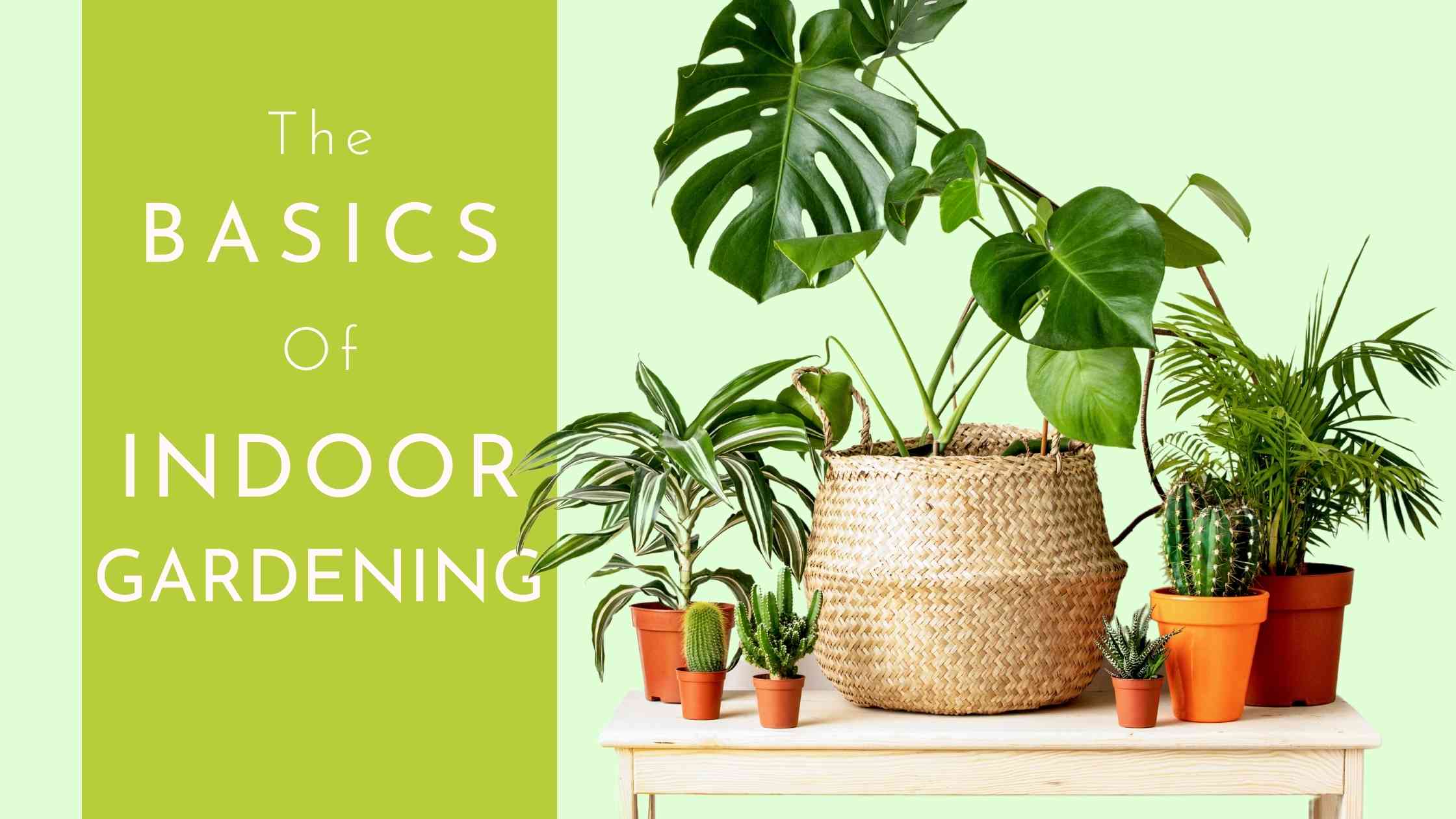
With that in mind, let’s get into the basics of indoor gardening.
What is Indoor Gardening
Indoor gardening is growing fruits, vegetables, flowers, herbs or any other type of plant that you would normally grow outdoors, inside. Because you are growing inside, your crops are grown in containers. Growing indoors means you have more control of the environmental factors - such as temperature - that would affect your plants. It is, therefore, less time-consuming. As long as the plants that you are growing are suitable for the space where they are being grown, you will have much success and see your plants thrive.
Benefits of Indoor Gardening
Indoor plants are more than just decorative or nice to look at. Indoor gardening, or gardening in general, has a number of health and other benefits to you and your family. Here are some ways that indoor gardening can be beneficial:
- Especially these days when prices in the supermarket continue to rise, you can save yourself some of that cost by growing your own vegetables, herbs, and even fruits.
- You can grow and eat organic produce
- You can garden year-round
- It’s more environmentally friendly as the food doesn't have to be transported across the country or ocean
- Plants can get you moving as you care for them, so you get some physical exercise
- It’s a good activity to share with your kids
- House plants help purify the air
- Plants can help increase humidity - though you don't want too much humidity to encourage mold
- Plants can help improve mood and reduce stress
- Some plants are kept for medicinal purposes
- Indoor plants have even been linked to faster recovery after surgery
Types of Indoor Gardens
As a plant enthusiast, you can get quite creative with your indoor space. Here are some different types of indoor gardens that you can start:
Herb Garden
Looking to have fresh herbs available when you’re in the kitchen? Then you can try a herb garden. As long as you have a sunny spot, you can have fresh herbs throughout the year - including winter. You can also use a grow light to increase the number of hours of available light when not available naturally.
Living Walls
If you don’t have much floor space, or maybe a bare wall, consider creating a vertical garden wall. Make sure that the plants you select for your vertical living garden wall have the same requirements (light, water, food etc.) as they will live together in the same space, and you will be wetting them all together.
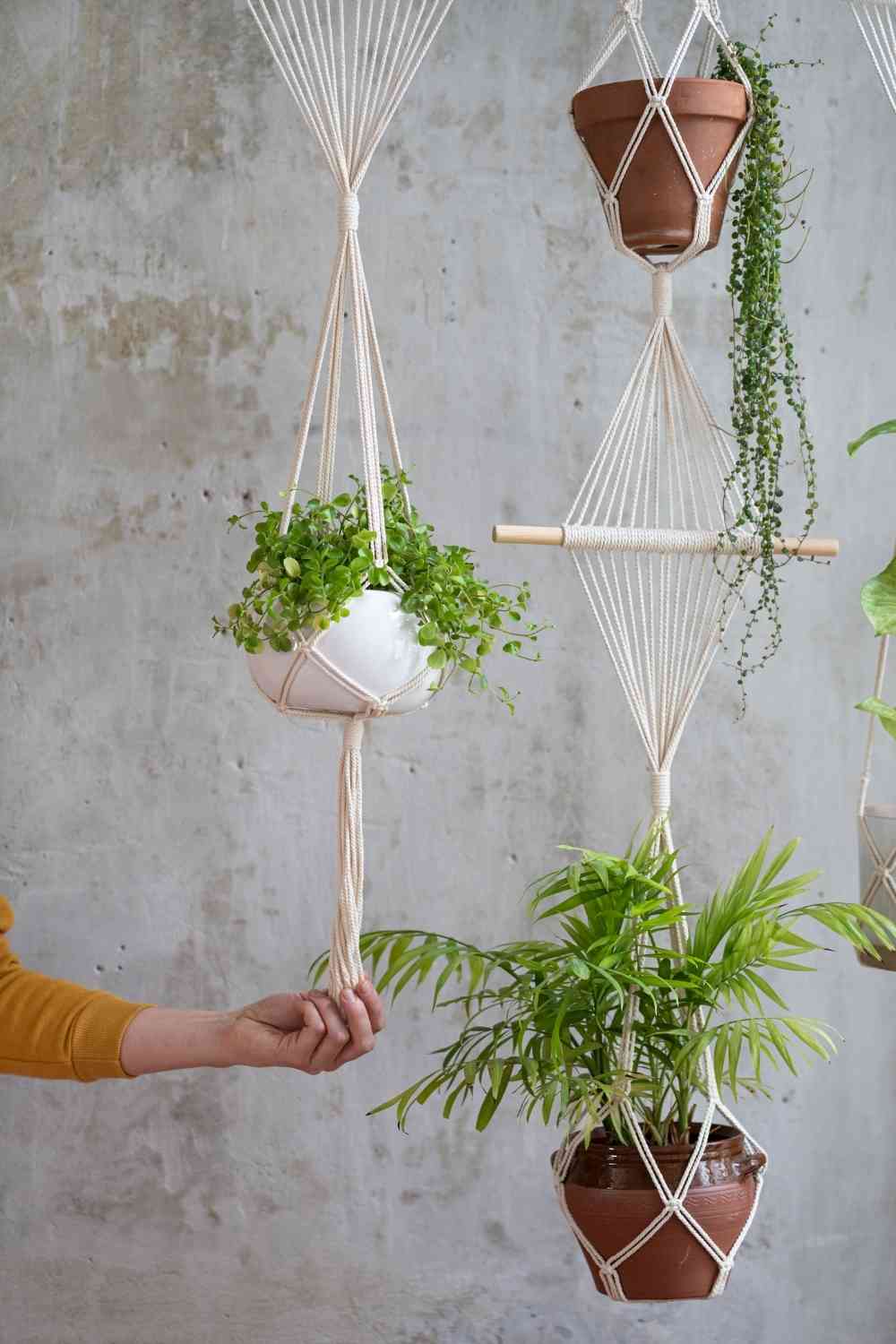
Hydroponic Garden
Hydroponic gardens are plants grown in a liquid solution - there is no soil. You can try this type of garden if the quality of the soil outdoors is not good, or you don't want to have to deal with soil and pests. This type of garden also helps you conserve water as water can be recycled for your plants. Many different plants, like herbs, lettuce and tomatoes can be grown hydroponically; you just have to make sure you give them the nutrient requirements.
Terrariums
If you want to grow low-maintenance, humidity-loving plants, then a glass terrarium is the way to go. Make sure you chose plants that will be visually stunning as well.
Air Plants
Air plants get their nutrients from the air and moisture in the environment around them. These are called epiphytic plants. They are very easy to grow and can be quite stunning.
Trees and Shrubs
As long as the container is large enough and the indoor space meets their environmental requirements, you can grow trees and shrubs indoors.
Considerations for Indoor Gardening
Indoor gardening is a part of small space gardening because there is usually less space available indoors. With that in mind, here are some considerations for your indoor garden.
Space
Indoor gardens can be as big or small as you like and can be used to grow all kinds of plants. Of course, how you use the space is very important. You can have a tabletop herb garden, a vertical garden, grow your own fruit trees indoors, or start small and simple with one plant.
Light
Light is very important when growing plants indoors. Living in North America, you’ll find that herbs, leafy greens, and many succulents need the bright light from a south-facing window. A north-facing window offers the least sunlight, so it will only work for plants that like shady conditions. An east or west window will tend to get moderate sunlight, which works for most houseplants. Also, you use a grow light so you can grow your plants anywhere.

Temperature
Temperatures of 18-24°Celsius (65-75°F) are best for most plants. A slight variance of a few degrees either way is OK. Protect plants from drafts—hot or cold. Plants that are too hot will be small and weak. Plants grown at too-cold temperatures may have yellow leaves that fall off.
In winter, keep plants away from frigid windows, open doors, and sweltering heaters. In general, if you’re warm enough, your plants are, too.
Also, keep plants away from central heating or air conditioning (a.c.) vents. If you see leaves blowing when the furnace or a.c. is on, the plants are too close to the vents.
Humidity
Humidity can be a challenge for indoor plants, especially in the winter. Leaves can begin to turn brown or drop off. To increase humidity, mist leaves regularly.

Growth Medium or Soil
Indoor plants benefit from a good planting soil or medium. Soil from outside is not suitable, as it can be too heavy and most likely contains weed seeds and insect pests. Instead, look for an indoor potting mix that is specifically designed for indoor plants.
A good growing media should remain loose and drain well, yet contain enough organic matter to hold nutrients and moisture. This mix doesn’t contain any bark or compost, both of which are known to shelter fungus gnats or other pests. Instead, it contains coir, which not only holds and releases water as is needed but also helps the soil easily re-wet. Most commercial organic mixes will work well, or you can create your own
Hydroponics
Instead of a soil mixture for growing your indoor plants, you can try hydroponics. Hydroponics means gardening without soil. Soil holds nutrients and anchors plants' roots. When growing hydroponically you provide the nutrients directly to the water solution. This makes the nutrients readily available to the plants, allowing them to absorb them faster and thus grow quicker.
Choice of Plants
Almost anything can be grown indoors — as long as it eventually doesn’t get too big. And there are some that thrive indoors. Consider growing plants with similar light, humidity, and watering requirements to make it easier. Also, consider which crops you like to eat. This will make growing your plants more satisfying as you will enjoy the produce.
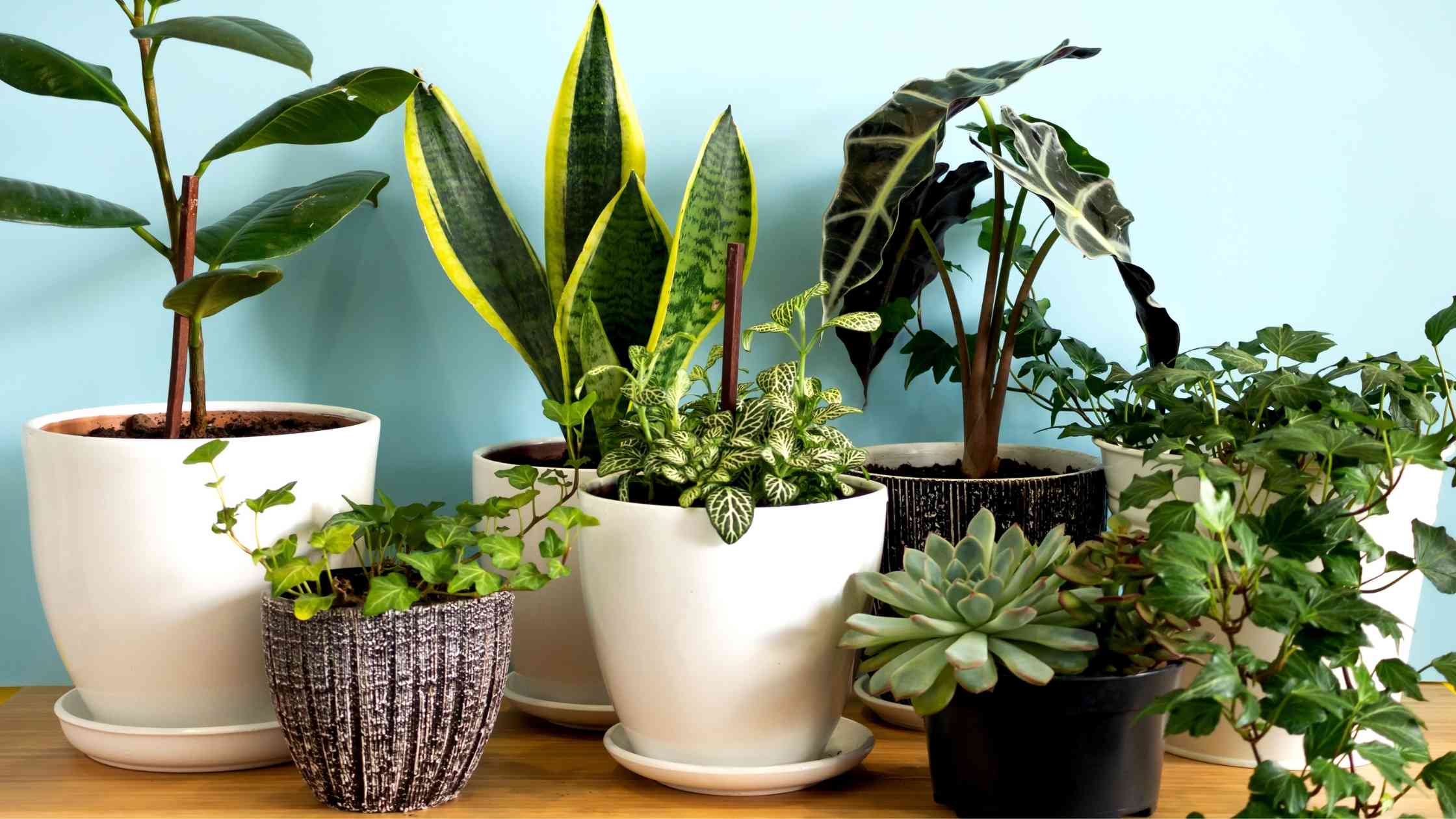
Fertilizer/Nutrient Requirements
Plants grown indoors will need an extra boost of nutrients or fertilizer since most of the nutrients in the soil or growing medium are quickly taken up by the plants or leached out during watering. A month or so after planting begin feeding them as simply as possible.
There are many organic fertilizers and hydroponic nutrients available for indoor plants. Follow the instructions on the package for how much to use and how often to fertilize.
If you compost at home, you can make a compost tea to water your indoor plants.
Watering
Plants that are grown in containers dry out more quickly than those grown in soil and so require more frequent watering. Always use room-temperature water and add enough water that it runs through the drain holes of your pot or container. Letting water collect in the saucer under the plant can lead to rot or disease, so be careful.
The rule of thumb is to stick your finger an inch deep into the soil to feel how moist the soil is. If the soil feels dry, you need to water the plant, otherwise, it’s good.
You can also use a moisture meter to be sure you are not over-, or under-watering plants.
Amount of Maintenance Required
Now that your garden is growing, it’s time for the watering, staking, pruning, and overall general care of your plants. If you're a beginner, you’ll want to make this as easy as possible. Check on your plants regularly to make sure they are in optimal health. Harvest crops often to prevent stems from getting too long (leggy) and flopping over.
Picking and pinching off the growing tip also encourages plants to produce more branches and become bushy.
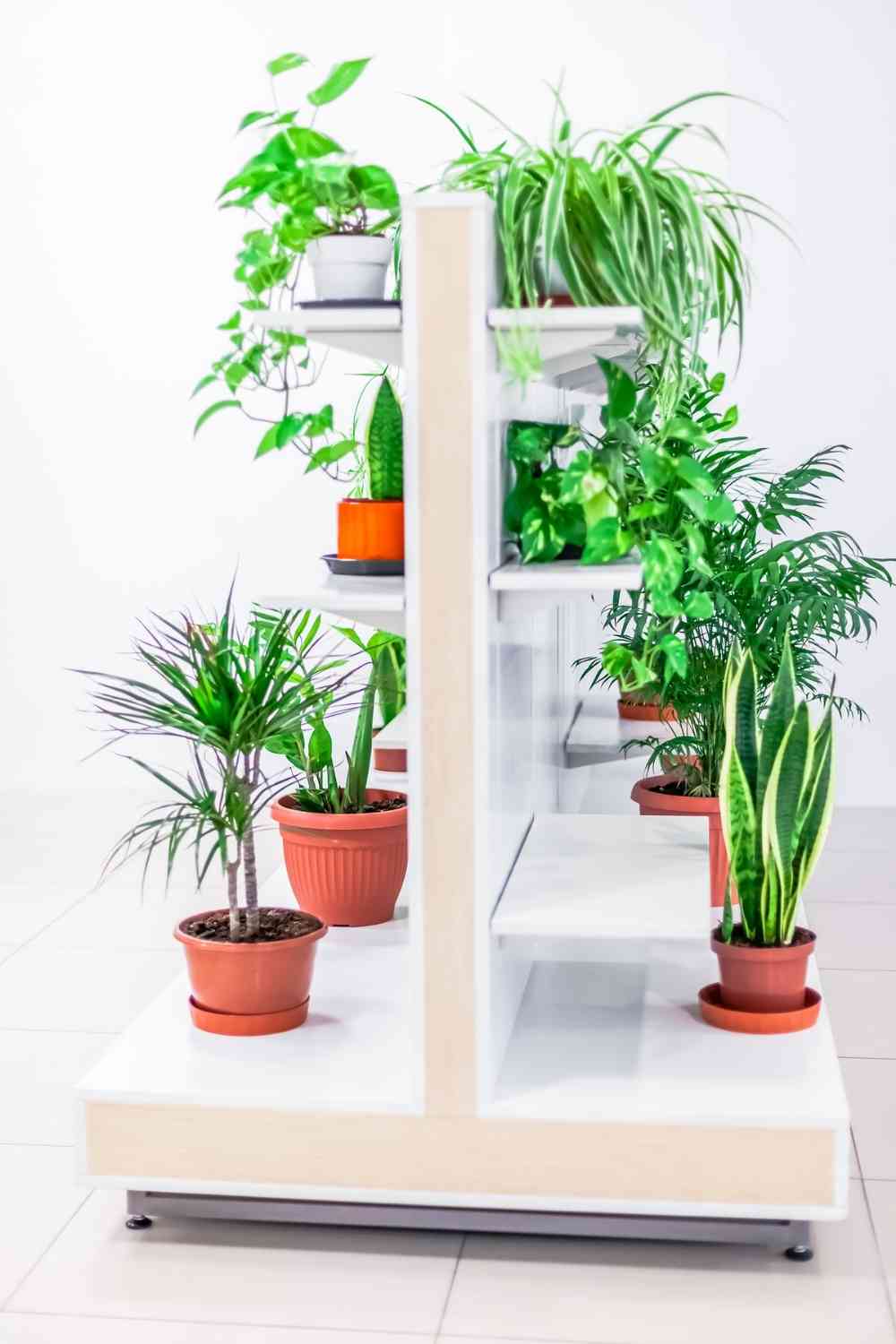
Plants For Your Indoor Garden
Need some ideas of plants that grow well indoors? Here are some examples to start your green thumbs growing:
- Vegetables: Carrots, lettuce, tomatoes (technically a fruit), hot peppers
- Herbs: Basil, mint, parsley, thyme, chives - as long as they are in a sunny place
- Low light plants: Spider plants, Snake plants, and some Ferns
- Moisture-loving plants: Begonias, Ferns, Peace Lillies
- Air Plants: any of the 500 species of tillandsia
- Trees: Rubber Tree, Bird of Paradise, Money Tree, Dragon Tree, Croton, some Ferns
- Shrubs: Hydrangeas, Boxwoods, Dogwoods, Forsythia, Lavender
- Flowering plants: Hibiscus, Flowering Maple, Orchids, Anthuriums
- Fruits: Citrus plants like orange or lemon, berries like strawberry, raspberry, blackberry, Cherries, Guava, and even Bananas depending on the amount of light and humidity available

